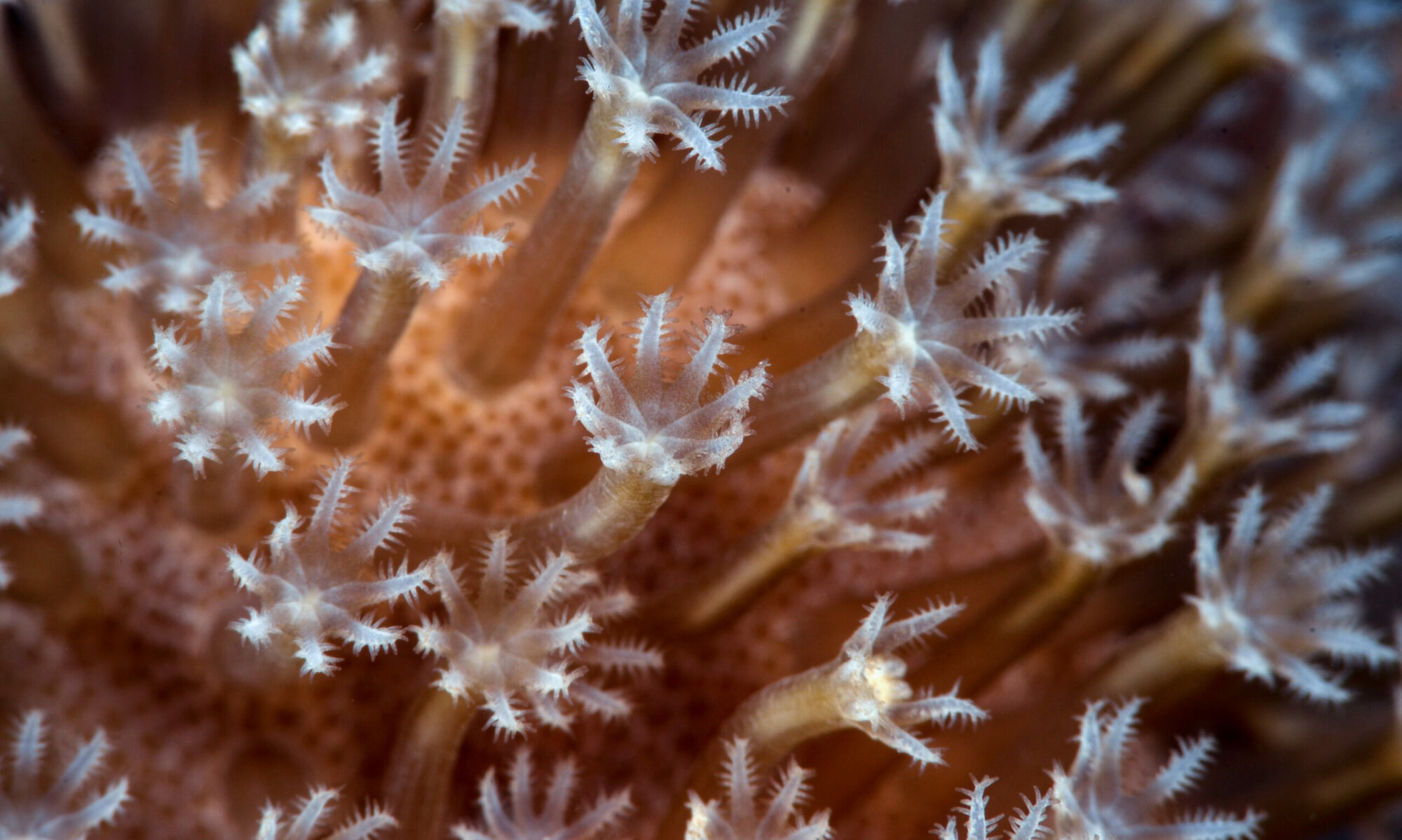
While ocean energy system technologies are still in the development stage, their potential as a renewable energy source is promising, according to a technical report from a study developed by a team from the University of Guam, Pacific Northwest National Laboratory (PNNL), and Sandia National Laboratory.
The findings presented at a November town hall meeting, “Ocean Energy Systems to Power Guam Aquaculture,” focused on utilizing ocean thermal energy conversion (OTEC) and wave energy conversion (WEC) technologies to power a proposed Guam Aquaculture Innovation Center and, potentially, as a renewable power source for Guam.
UOG hosted the town hall with the support of Guam NSF EPSCoR and the Center for Island Sustainability and Sea Grant, during which PNNL, the lead entity for the project, presented the findings and gathered feedback from community participants to inform future research.
Since the performance of OTEC and WEC systems is site-specific, they examined two potential locations for the proposed aquaculture center: Tanguisson on the west side of Guam and an area near the UOG Marine Lab on the east side, according to Bastian Bentlage, associate professor of Bioinformatics at the UOG Marine Lab.
“One of the questions we asked is what are the options for powering an aquaculture facility using renewable energy that harvest the power of waves or thermal gradients between surface and deep-sea waters,” Bentlage said.
Bentlage explained that UOG’s primary role in the project was to provide insights into site-specific considerations for evaluating the feasibility of deploying these ocean energy systems. He emphasized the importance of including team members familiar with Guam’s unique landscape and marine environments.
Bentlage and David Crisostomo, an aquaculture specialist with the UOG Sea Grant Program, are leading the research at UOG for this project.
Crisostomo described the proposed aquaculture center as a potential game-changer for Guam’s aquaculture industry. He stated that the center will serve as a research hub for cultivating local species. Additionally, it could provide a business incubator setup for individuals interested in entering the aquaculture industry.

At the town hall, the project leads presented the benefits as well as the infrastructure, environmental, and economic impacts of OTEC and WEC.
In her presentation, Fleur de Peralta, senior advisor with the Risk & Environmental Assessment Group at PNNL, highlighted the benefits and challenges of ocean energy systems for Guam. She stated that OTEC can provide baseload power, which helps stabilize the grid and supports black start capabilities. The ocean’s depth near Guam is ideal for the technology, and the consistently warm surface temperatures ensure an adequate temperature differential. Additionally, OTEC, once deployed, will create jobs in installation and maintenance, among others.

However, there are challenges to consider. For OTEC, further research is needed to assess water temperatures and depths accurately, and environmental protection requires additional study. The permitting process remains unclear among various agencies, and shore-based plants must be designed to withstand natural hazards.
Regarding WEC, de Peralta presented assessments by Sandia that indicate Guam possesses substantial wave resources. However, ensuring a reliable survival strategy for installations is essential, and deployment can be costly, necessitating a careful balance of cabling and mooring expenses with location choices.
De Peralta noted, “Outreach engagements with the Guam community and stakeholders is an important part of our project to gain insights on the use of marine energy systems as a clean energy power source and considerations on the potential impact on the island, environment, culture, and livelihood of the island’s communities.”
Peralta, who grew up in Guam, said that the information shared during the town hall discussions will inform further assessments and the development of ocean energy systems.”
Meanwhile, Charles Gunzel, a program manager at PNNL, also emphasized the importance of community feedback, which ocean energy system designers should consider.
“It’s extremely satisfying to engage with the residents of Guam, learning their unique concerns, so these can be made known to the planners, designers, and manufacturers of tomorrow’s ocean energy systems,” Gunzel said.
According to Bentlage, a significant outcome of this project is the strengthened partnership between UOG and the two National Laboratories that lead in renewable energy research and development.
“We intend to build on this relationship to enhance research capacity in this area, supporting informed decision-making as Guam works to diversify its economy and transition to renewable energy,” Bentlage stated.
The project commenced in early 2023 after receiving funding from the US Department of Energy Water Power Technologies Office (WPTO).


































